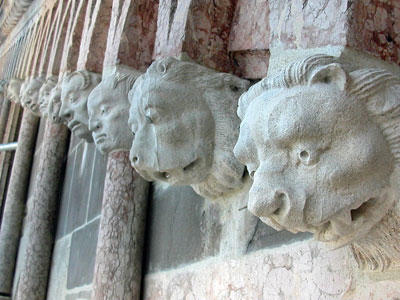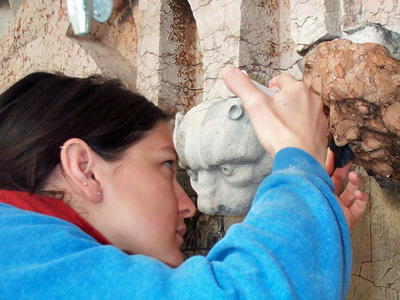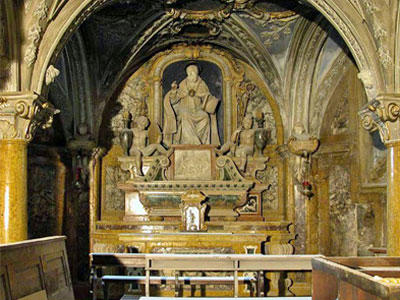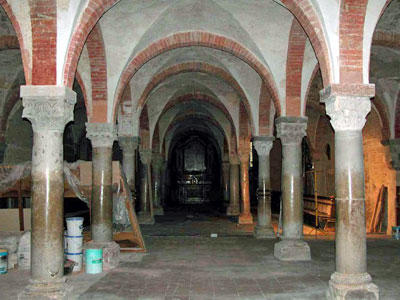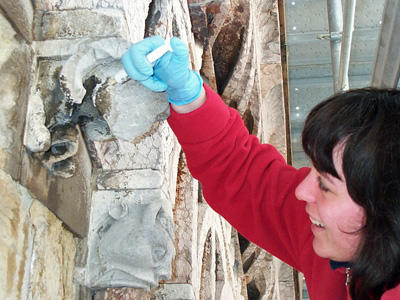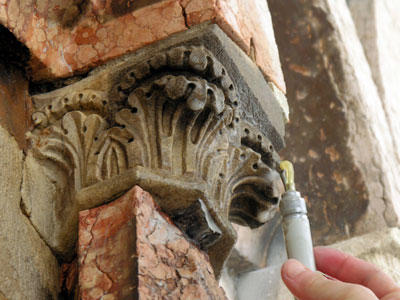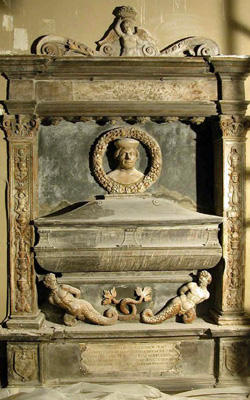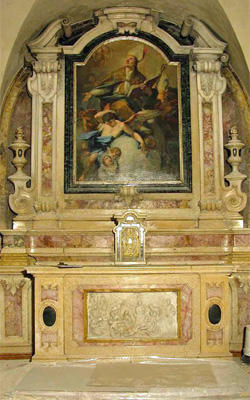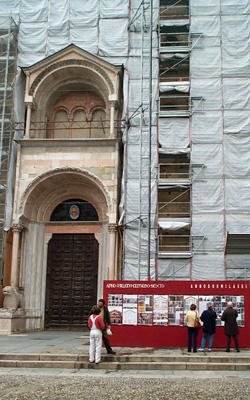Parma Cathedral
Background
The original Parma Cathedral was consecrated in 1106 but was almost entirely destroyed by an earthquake that struck northern Italy in 1117. By 1118, the aisles were already under reconstruction, and in 1178, the famous sculptor Antelami began the upper portion of the façade. Ornately carved stone, three levels of loggias, characterizes its impressive façade and a 63-meter-high Gothic bell tower built between 1284 and 1294. The cathedral was modified several times in subsequent centuries; sandstone blocks were replaced with Verona marble, a porch was added, the dome was raised and painted by Correggio, and the present arch replaced the original rose window. Over time, water ingress and atmospheric deposits eroded the marble and sandstone façade. These conditions were been exacerbated by unsuccessful repairs in the early twentieth century.
How We Helped
In 2004, WMF support, through the Robert W. Wilson Challenge to Conserve Our Heritage, assisted La Fabbriceria della Basilica Cattedrale with the conservation of the cathedral focused on the repair of the elaborately carved stonework of the façade. The project team replaced some non-decorative masonry and further stabilized many of the stones repaired in the early twentieth century. The team complemented the conservation work with educational materials that explained the significance of the cathedral’s architecture and façade, its condition, and the methods being used to restore it. In May 2005, a conference was held to describe the project to the local community.
Why It Matters
Although it was modified many times, Parma Cathedral is an important example of Romanesque architecture in northern Italy. Just as the façade exhibits fine stone carvings and architectural detail, the cathedral’s interior is ornately decorated with carved and painted details. Despite the twelfth-century earthquake that destroyed most of the original structure, the original crypt and its supporting columns dating from 1090–1106 still remain.

